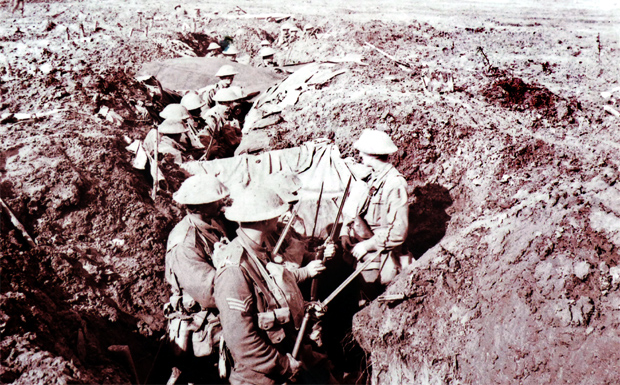
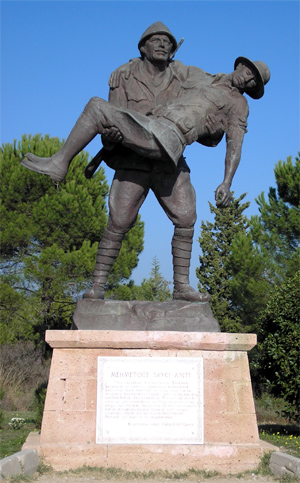
July 17, 2014
A special function tracing the stories of 63 Nanango men listed in the Roll Of Honour on Nanango’s war monument will be held at Ringsfield House next Friday night, July 25.
The presentation, called “Walking In The Footsteps Of Our Nanango Anzacs”, will be given by local historian Liz Caffery.
During the month of July 100 years ago, simmering tensions in Europe led to the outbreak of the First World War.
On August 4, 1914, Britain and Germany declared war and the Australian Prime Minister Andrew Fisher stated that his nation would support Great Britain “to the last man and the last shilling”.
By September, many young men from Nanango had enlisted – some to give their lives just a few months later in 1915 at Gallipoli – including Norman Rushforth, who became the first Nanango soldier to die in World War I the day after the dawn landing on April 26, 1915.
“Walking In The Footsteps Of Our Nanango Anzacs” is the first in a planned series of commemorative activities to honour the Anzac centenary.
Various other events and activities are planned to take place over the next four years.
The free presentation will begin at 6:00pm and those who are interested can stay on for dinner at Ringsfield afterwards (7:00pm for 7:30pm).
Cost for dinner is $35 per person, which includes drinks.
To assist with catering, RSVPs for dinner must be made by Tuesday, July 22, to (07) 4163-3345 or 0418-189-820.







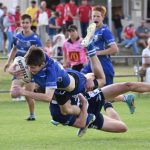
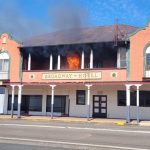
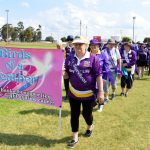
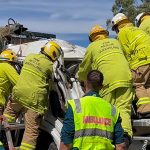

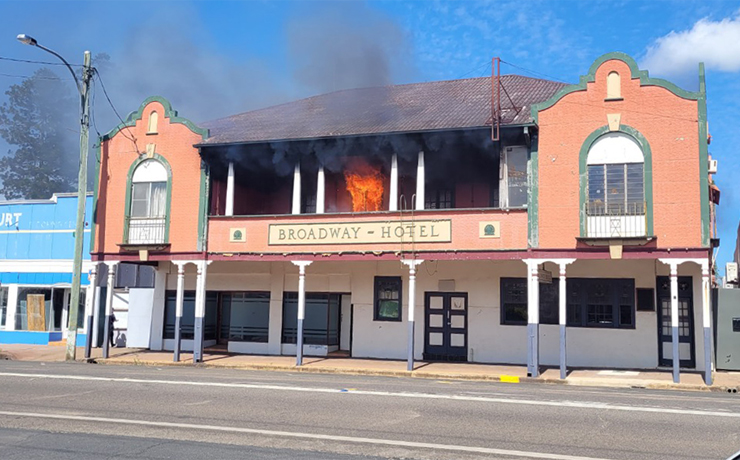







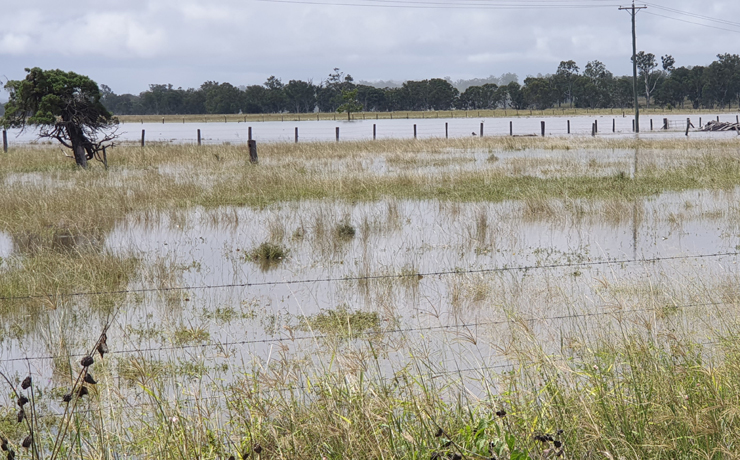
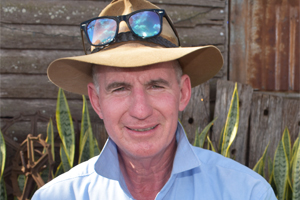

No disrespect but there is no Norman Rushworth on the nominal roll or a service history in the National archives
Thank you Pete for this. The name should be “Rushforth”. We have updated the article.
Norman’s reported wounding and missing in action and the ongoing communications for approximately 12 months between his father and the Dept of Defence as to whether he was alive or dead, concluding with the Court of Inquiry finding he was killed in action, is something that anyone who is interested in war in those times and what those at home had to go through as well, should read. To say his father was persistent would be a understatement. He never gave up hope and finally being advised in 1919 that Norman’s remains had been located and would be reinterred. Norman’s father even found time to congratulate a officer he was communicating with, on his promotion, which the officer felt would have meant more if he had been promoted in the field than in the office. Norman’s father sympathised with his feelings and offered these words “They also serve who only stand and wait” and said he was doing his duty.